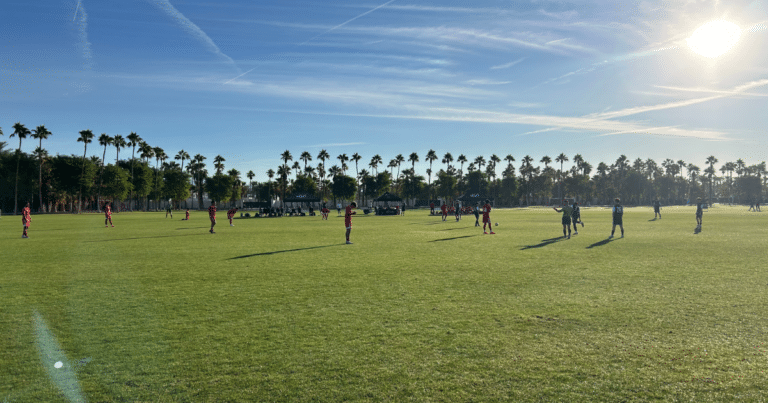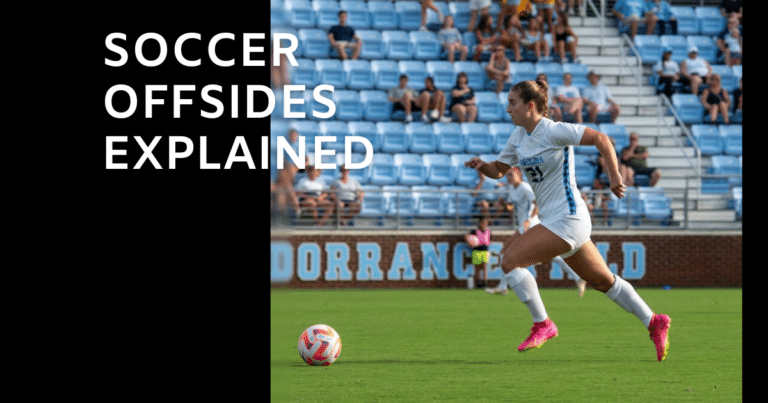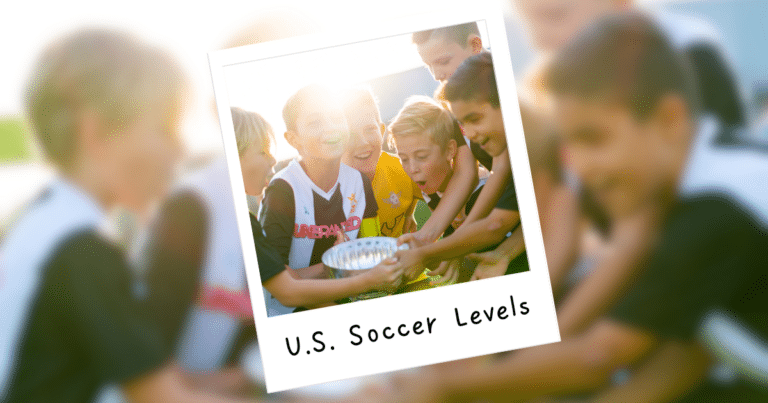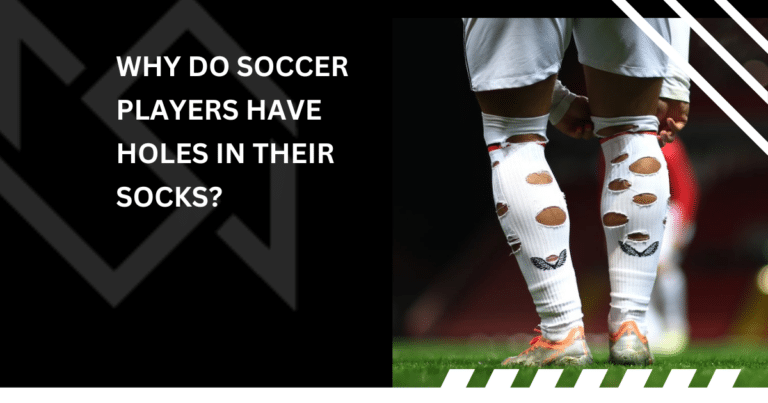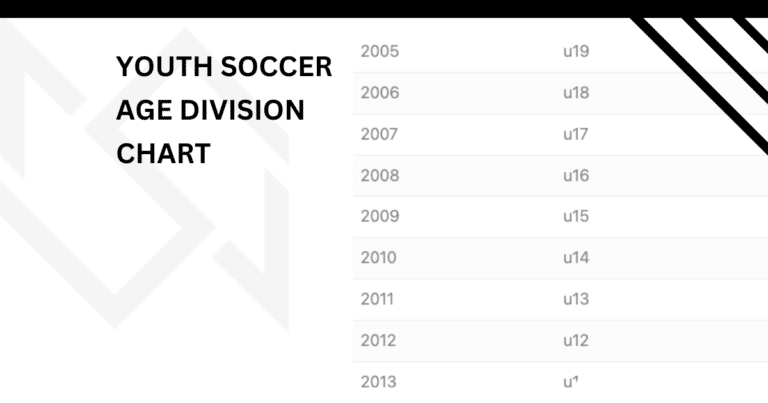✨ Are you a high school player looking to get recruited? Stand out with playernovo.com ✨
What is MLS Next? Everything You Need to Know
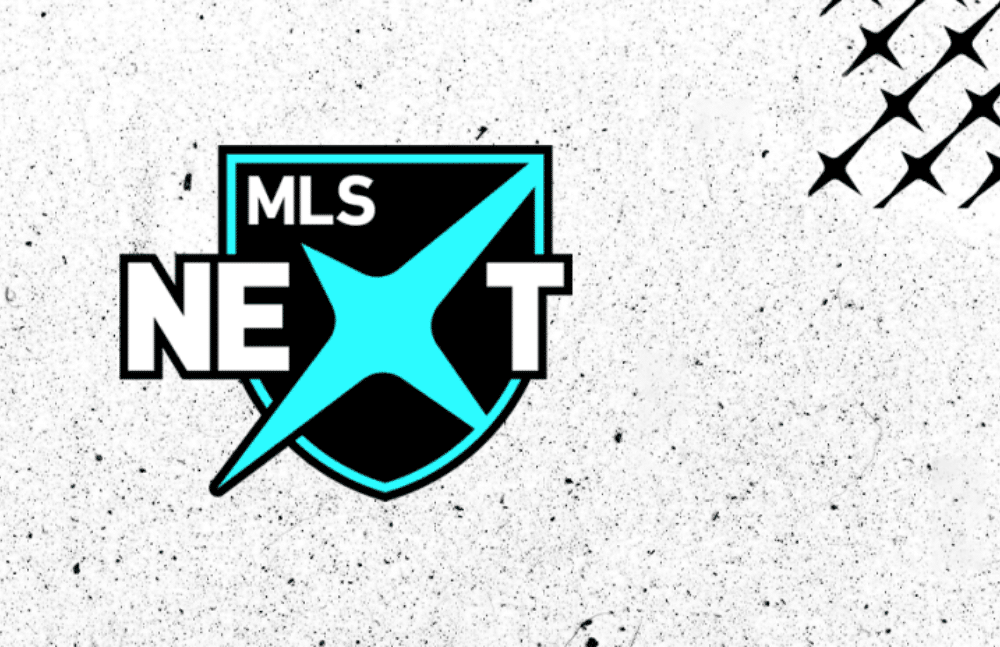
MLS NEXT is a U.S. and Canadian youth soccer league that is organized and overseen by the Major League Soccer (MLS). It is the top youth league for boy’s soccer.
It was first introduced in 2020 and replaced U.S. Soccer Development Academy (DA). The DA found itself in a financial hardship after the pandemic and eventually folded.
At the time, the DA did a good job helping govern youth soccer in the U.S. and create pathways for young soccer players.
Key Takeaways From This Article:
- MLS NEXT is the youth league of Major League Soccer (MLS) and has over 650 teams ranging from U13 to U19.
- Not all teams are part of the MLS academy structure (i.e. – New England Revs U15). In fact, most U.S. clubs are part of other leagues like ECNL and Girls Academy.
- Thanks to MLS NEXT, there is now a true path from youth to professional soccer in the U.S. and Canada.
MLS NEXT Overview
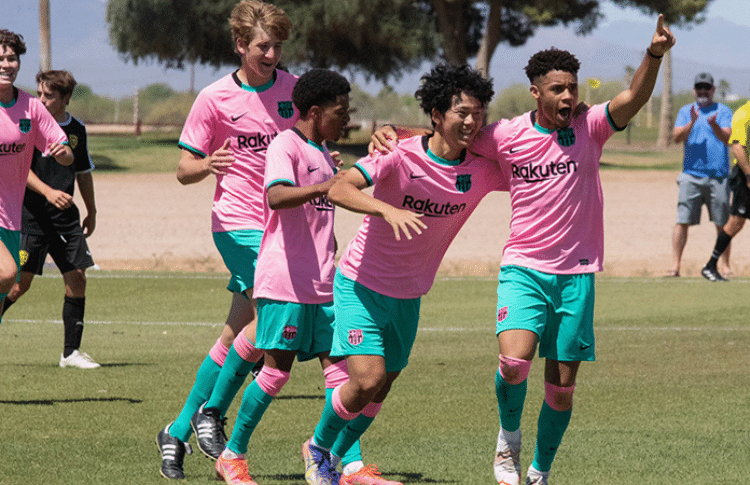
With 15,000+ players and over 677 teams from 143 different soccer clubs, MLS NEXT serves as a competitive environment for boys U13-U19.
Helpful links:
As their slogan states “youth soccer reimagined”, MLS NEXT provides one of the best player development experiences and pathways in North America.

My son’s been playing MLS NEXT for the last two years and he’s had a very positive experience.
Every team that he’s played in the northeast division has been outstanding. In his U-15 group, teams like Toronto, New England Revolution, NEFC, NYCFC, and NY Soccer Club are elite.
You can revisit our experience at one of their national events, MLS Next Fest.
In this article, I’ll provide some more light on the league and share our personal experiences.
How Many Teams Are in MLS NEXT?
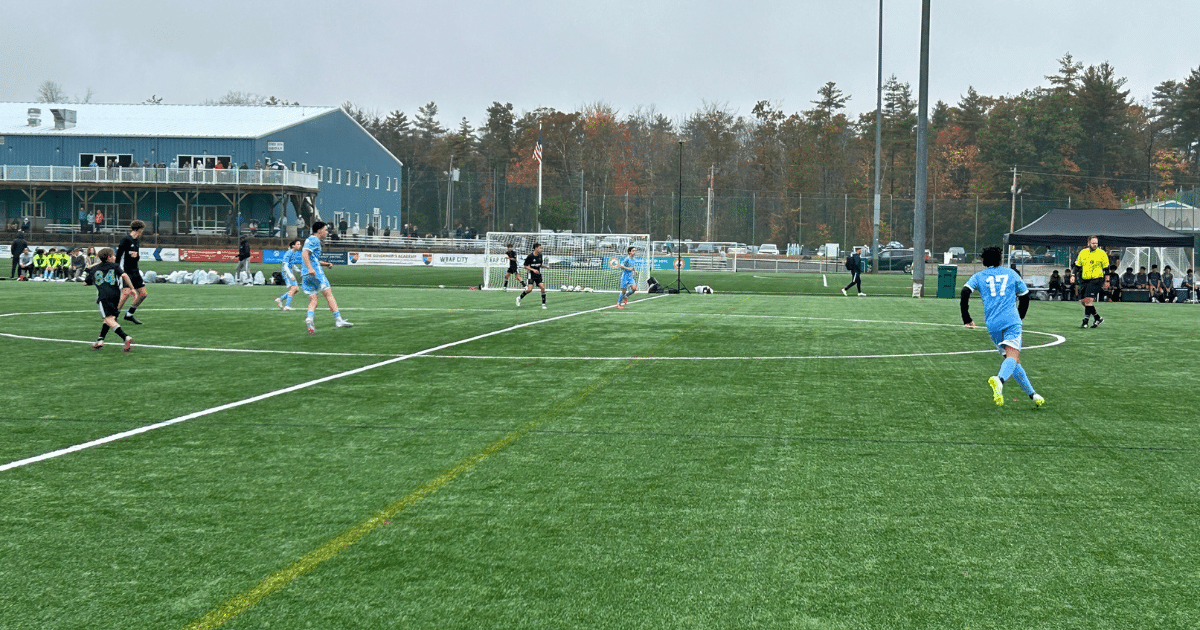
Currently, there are over 677 teams from 143 soccer clubs in the U.S. and Canada. This number continues to grow every year.
How Can I Join an MLS Next Team as a Player?
In almost every U.S. region, players can find an opportunity to try out and potentially join an MLS Next team.
Each club has its own format and process for evaluating players. Some clubs will hold a formal ID session (tryout). Other teams will bring in players during the spring season to potentially play the next fall with the team.
Here is an informative video about how a young soccer player, Adolfo Diaz, joined his MLS Academy team.
Although many clubs have a team for every age group, some don’t and may only provide a team for some age groups.
For example, a team may start at U-13 and not have a full pathway to U-19. They may only field teams up to U-16. This is rare but there are some clubs out there.
View all the MLS Next teams here.
How Can I Join as a Club?
Clubs are evaluated on several critical factors, including:
- Soccer Philosophy
- Quality of coaching
- History of producing high-caliber players
- Professionalism as a Youth Organization
You can find the official MLS NEXT application here.
What is MLS NEXT Pro?

MLS NEXT PRO was launched in March 2022 by Major League Soccer (MLS). It is a professional men’s soccer league that completes the pro pathway from MLS NEXT.
Some of the top MLS youth players will sign MLS NEXT PRO contracts in hopes of playing for the first team.
The league is comprised of 29 teams from associated MLS clubs.
Major League Soccer has applied to the United States Soccer Federation (USSF) for MLS NEXT Pro to be sanctioned as a third-tier pro league.
This is one level down from the USL Championship and the same level of competition currently held by USL League One and the National Independent Soccer Association.
MLS NEXT Pro does not have a salary cap and the teams hold the rights to player contracts. Each team can have up to 24 professional players and seven can be international players.
By trying to fold in a “minor league”, MLS strengthens its path from the youth level to its professional teams. And, it’s working.
More and more academy kids are starting to sign a homegrown contract. This is their introduction to professional soccer.
What is the MLS Next Fest?
The MLS NEXT Fest is a fall soccer playoff and showcase that features over 300 top youth soccer teams across the U.S. and Canada.

The seven-day event provides an opportunity for the best youth soccer players to display their talent in front of college coaches and scouts.
Teams in specific age groups (U-15, U-16, U-17 and U-19) play three games in six days.
Each club competes against teams that may be at their level of play based on the regular season and past events but not necessarily in their regular season division.
Standout players from the current fall season will be eligible to play in the MLS NEXT Fest Best Of matches. 22 players from the East and West from each age group will be selected to compete in a single match.
Based on personal experience, it’s truly an exciting event for youth soccer players and teams looking to play on the “big stage”. For 3-5 days, it’s nothing but soccer (and fun)!
How Do I Find the MLS NEXT Standings?
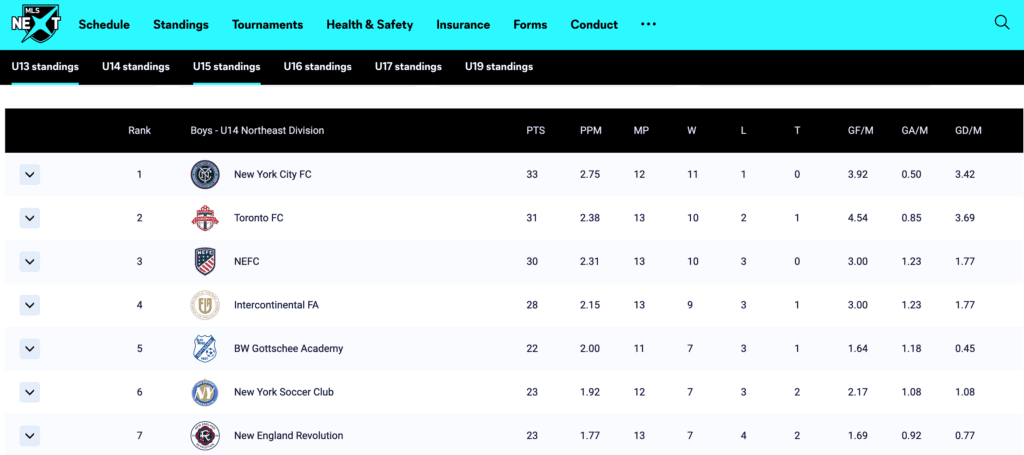
Each age group is listed by division and each table includes:
- Total Points (PTS)
- Points Per Match (PPM)
- Matches Played (MP)
- Wins (W)
- Losses (L)
- Ties (T)
- Goals For Per Match (GF/M)
- Goals Against Per Match (GA/M)
- Goal Difference Per Match (GD/M)
These are typically up-to-date by Tuesday for the previous weekend’s games.
You can view the standing for each group here.
MLS NEXT vs. ECNL: Which One is Better?
Many clubs across the country have teams that participate in MLS NEXT and Elite Clubs National League (ECNL). But, which one is better?
MLS NEXT is the top-tier in the youth soccer pyramid which makes it one level higher than ECNL. But, there’s more to consider…
First off, let me start by saying that each league offers a top-tier competitive environment.
From a 10,000-foot view, there are a lot of similarities between both.
Case for ECNL
ECNL has a boys and girls league.
It does a great job pulling together National Events. This provides players a platform for being scouted by college coaches. They are well-run events that don’t interfere with the regular or high school season.
This is wonderful exposure and experience for talented boys and girls soccer players who are looking to play at the collegiate level.
Case for MLS NEXT
MLS NEXT is a boys-only league.
MLS NEXT is geared towards the D1 college or pro pathway.
Obviously, not every young athlete is professional material but the league is directly tied to MLS which makes it more of a direct path than ECNL.
Here’s a U-15 MLS NEXT game with LA Galaxy versus Baltimore Armour…two very good teams. It gives you a good idea as far as the competition.
Which league should your son play in? With the above said, player development should be the priority.
Every club, team, and region is different.
In some areas, ECNL teams are favored over MLS NEXT because it’s more established and/or there’s better coaching.
While other organizations put more effort and investment into their MLS NEXT programs.
I recommend parents take a close look at all your options. Ask other parents what their thoughts are. Check out some games in your player’s age group. You can get a good idea of the style of play and coaching.
Also, look at the organization itself.
- Do they have a pyramid where players can advance?
- What kind of training do they focus on?
- What are the coaching qualifications and experiences?
Answering these questions will give you a clearer picture of what path you may want to consider.
Final Thoughts
Let’s take a deep breath. I realize this was pretty in-depth but I think it’s important to understand what the league is all about.
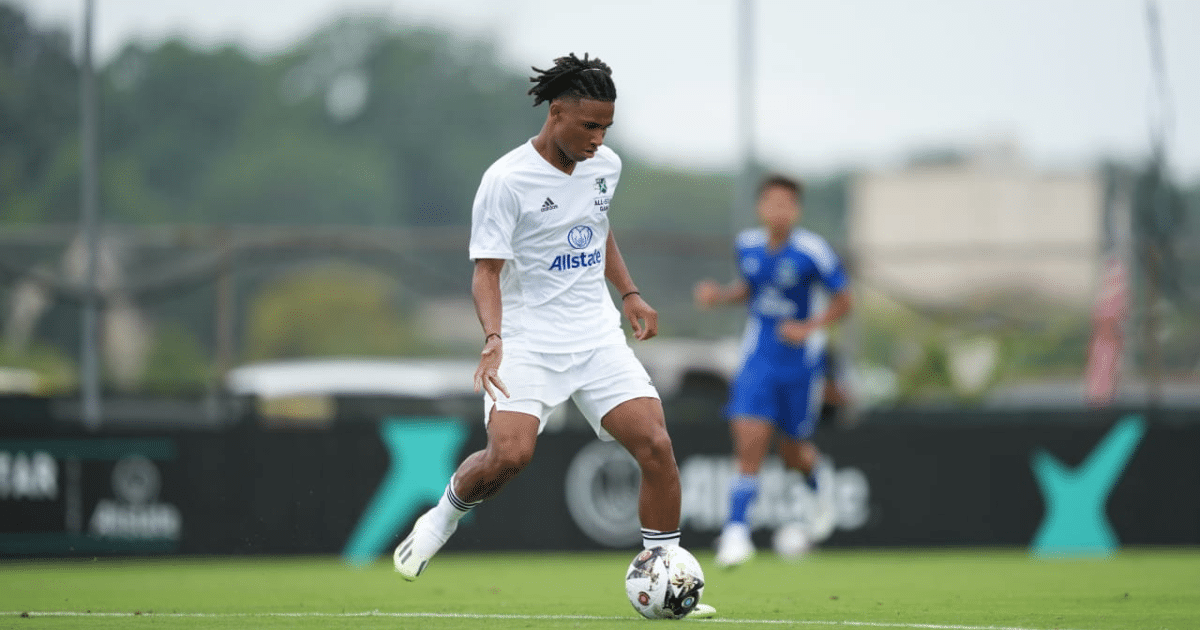
I’m personally thrilled with how the league has turned out in such a short amount of time. The U.S. Soccer DA was the pinnacle of youth soccer but MLS NEXT has done a very good job as its “replacement”.
Outside of league games, there are opportunities to play in showcases which were in Phoenix, AZ and Nashville, TN.
I’m excited to see what the future holds and the players that come out of the system!
Major League Soccer (MLS) is the top-tier professional league in the U.S. and Canada. MLS NEXT is the top-tier boys youth league in the U.S. and Canada.
MLS NEXT players are not permitted to play for their high school unless a waiver is in place. Some players will play for their high school in the fall and rejoin their MLS NEXT team for the spring season.
It depends. Some clubs are self-funded and parents aren’t responsible for any costs. Most clubs, however, can be anywhere from $2,500 to $4,500 to play. This excludes travel and other related expenses. Keep in mind that some clubs do offer scholarships and/or financial aid packages.

Written By: Beau Bridges
Beau is the founder of SoccerNovo, dedicated to helping players and parents navigate the youth soccer landscape. As a former youth coach and soccer parent, he shares insights on player development, recruiting, and the ever-evolving soccer scene in the U.S.
Let’s connect


